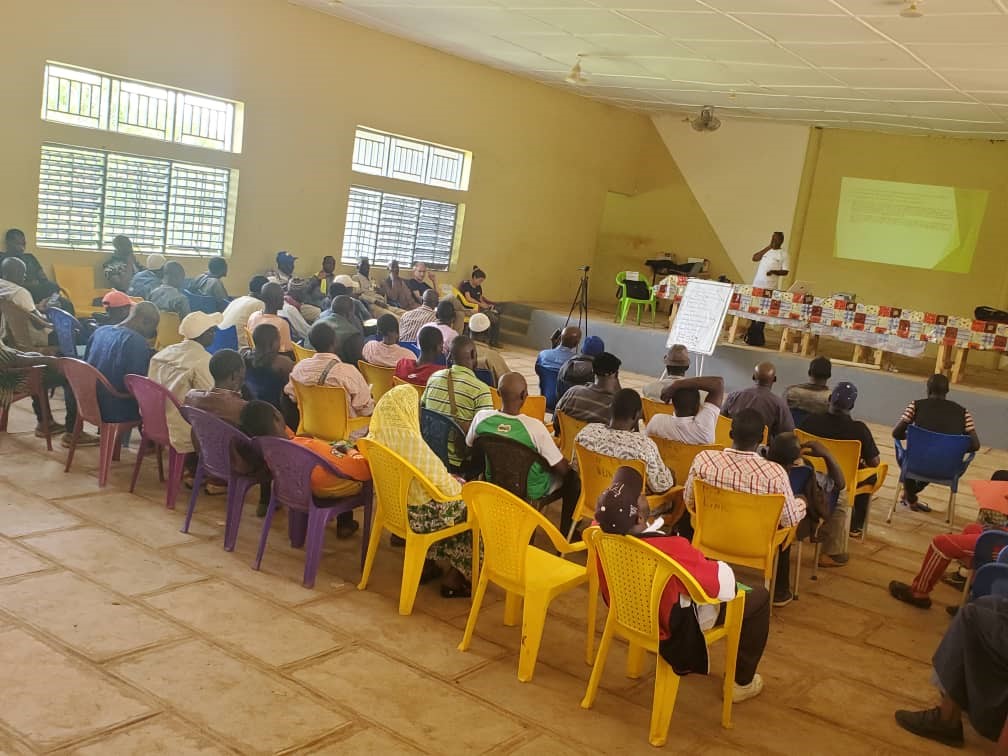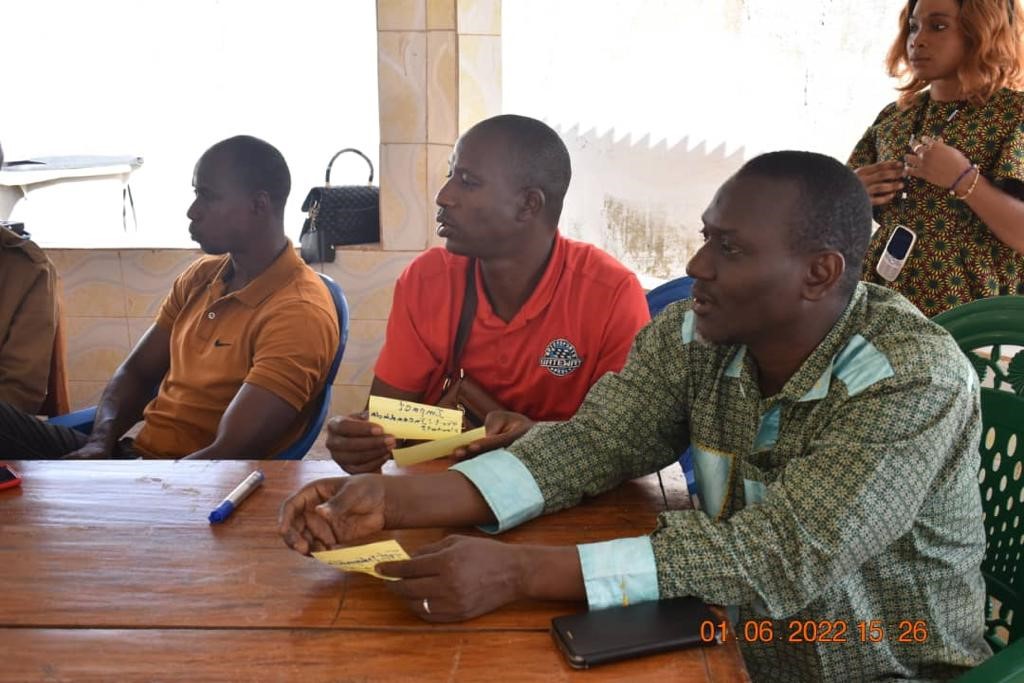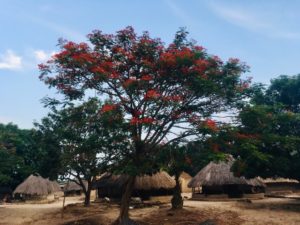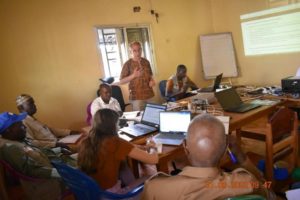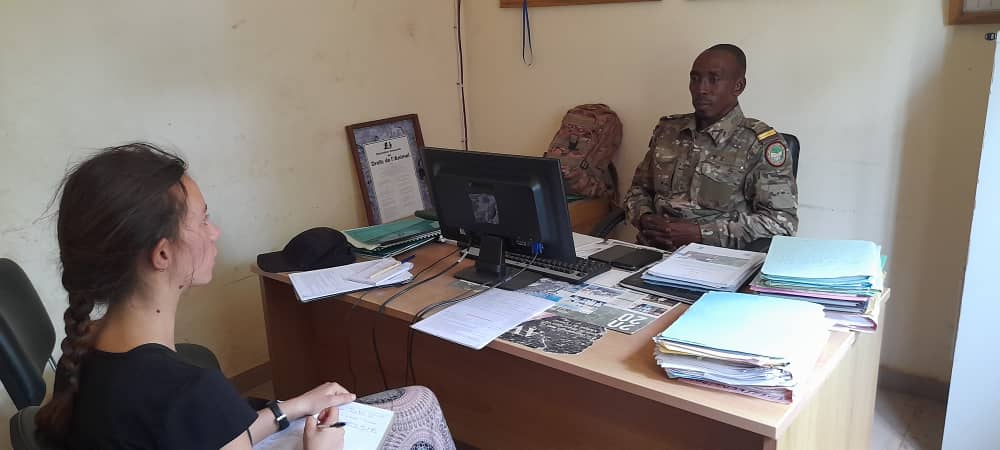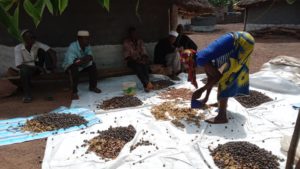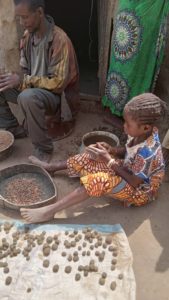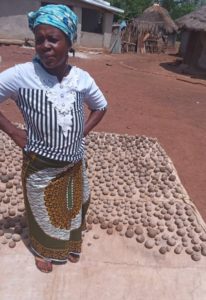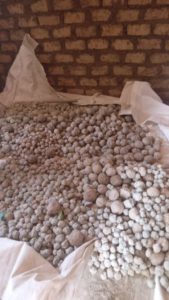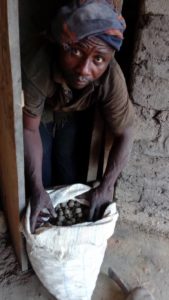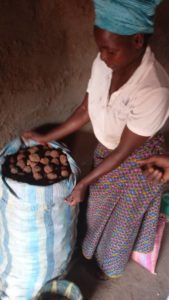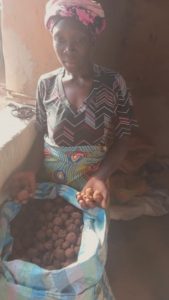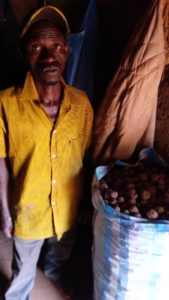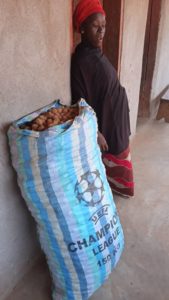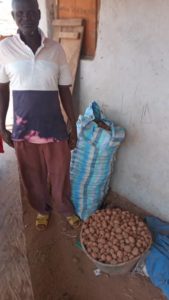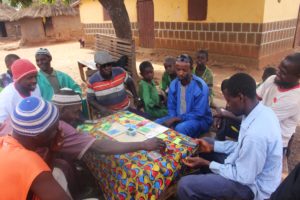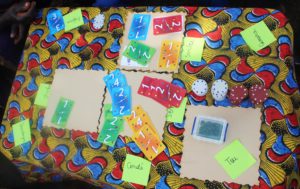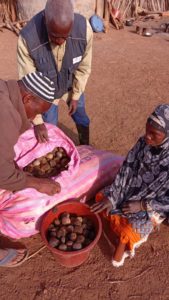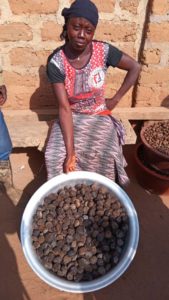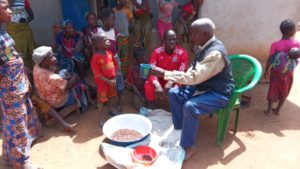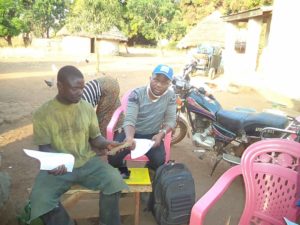The training of the Community Management Committees has started!
As a reminder, in each of the 26 villages where arboRise carries out its reforestation activities, we have formed a Community Management Committee of 15 to 17 members (including several women) whose mission is to develop activities and infrastructures for the population (in all areas: environment, agriculture, health, mobility, etc.).


For 2 days we welcome 52 delegates (2 per CMC) from the 26 villages to Linko. They are provided with food and accommodation and receive a comprehensive training on good governance, good leadership behaviour, structuring their committee and building hedgerows.
At the official introduction to the seminar the Sub-Prefect made a strong plea for the project and formulated very clear expectations in particular to eliminate the practice of slash and burn (as required by Guinean law). All the official speeches are recorded by a journalist and broadcast in full several times on the local radio, which allows us to explain our approach in all the villages that are not yet participating and to prepare the ground for the future.


Each delegation will then pass on this knowledge to the other members of the Committee in each village. A first step towards the sustainability of our action! Indeed, developing local skills and empowering communities is essential to ensure a sustainable impact of our action. Capacity Building belongs to the Sustainable Development Goals !
The Community Management Committees also form a platform for the exchange of good practices: they are encouraged to identify good examples in their village and to share these models with the CMCs in other villages. The CMCs will also assist farmers who are short of manpower to build firebreaks and hedgerows. In this way, a positive emulation and mutual help is created within the whole region, a wish frequently expressed by the population in interviews conducted by Léa Ackerer in April 2022.

